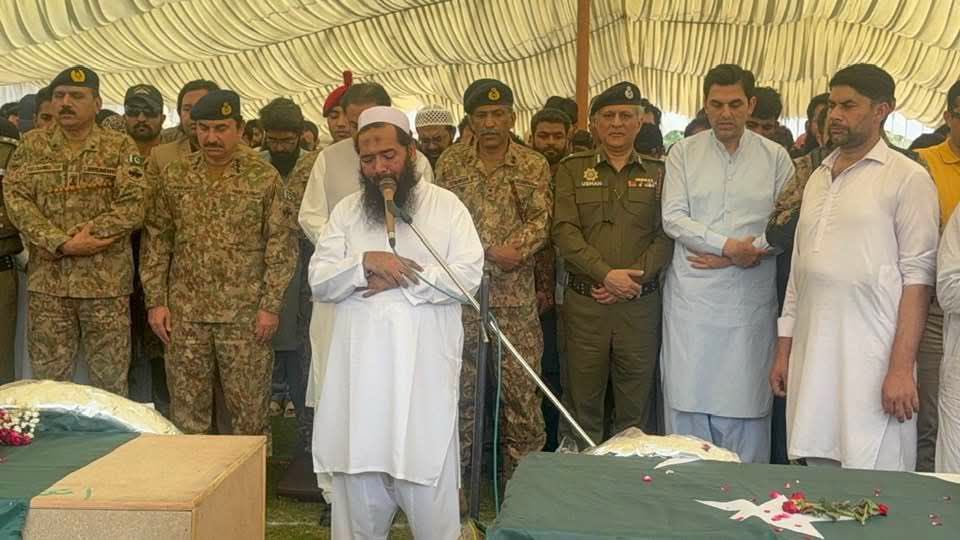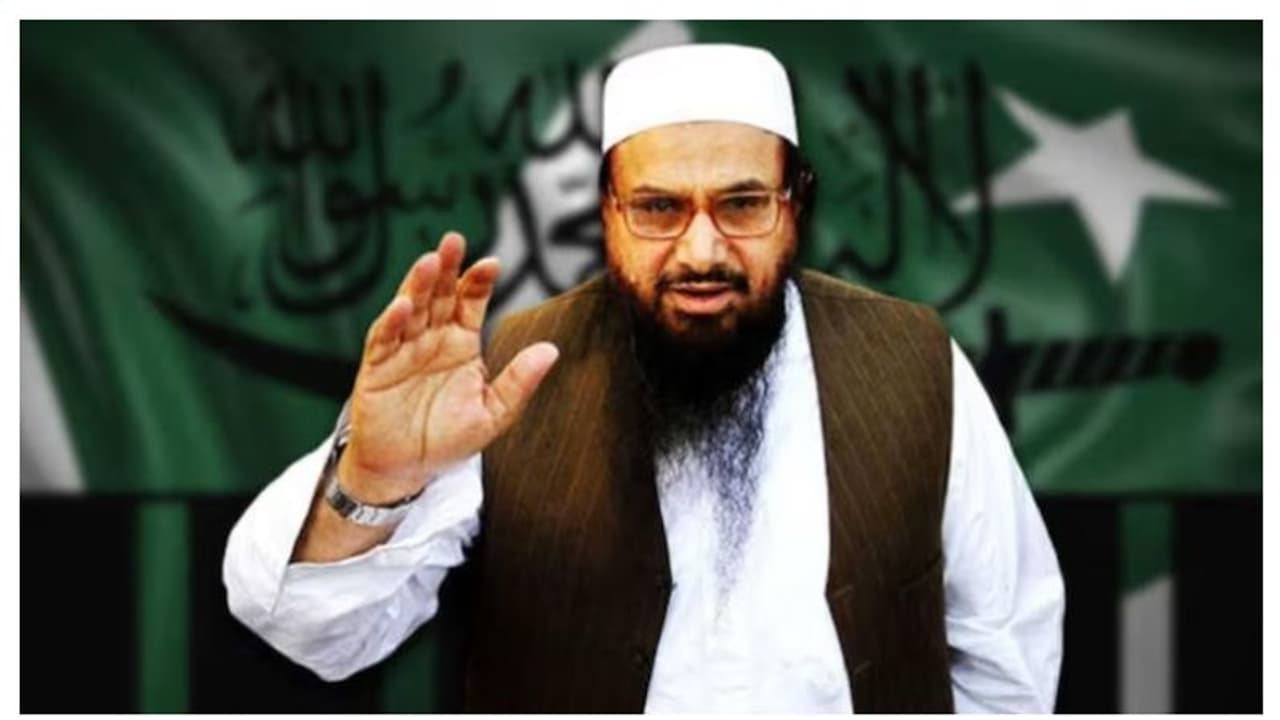The Lashkar-e-Taiba is often seen as India’s problem. Its global networks prove otherwise.
The arrest of a Pakistani national linked to Lashkar-e-Taiba (LeT) in Seoul’s Itaewon district in August revealed once again that the group’s reach extends far beyond South Asia. While the LeT is often framed through the lens of its militancy in Jammu and Kashmir, its ideology and operations have long carried transnational ambitions.
South Korean authorities detained the suspect under the Counter-Terrorism Act and the Immigration Act. Reports suggest he joined the LeT in 2020, receiving training in arms and infiltration tactics in Pakistan. Though he was not accused of planning attacks in South Korea, his presence showed the group’s global footprint.
From Proxy Force To Global Actor
Formed in the 1980s as the militant wing of Markaz al-Dawa wal-Irshad during the Afghan jihad, the LeT was systematically nurtured by Pakistan’s Inter-Services Intelligence (ISI). It became a key instrument in Islamabad’s strategy to counter India, expand influence in Afghanistan, and maintain deniability.
The group’s record in India is bloody, with the 2000 Red Fort attack, the 2005 Delhi bombings, the 2006 Mumbai train blasts that killed over 200, and the 2008 Mumbai siege that targeted Western and Jewish civilians. More recently, the attack on tourists in Pahalgam this April bore its imprint. In 2019, the LeT rebranded under fronts such as The Resistance Front (TRF), distancing itself from direct responsibility while continuing operations.
Pakistan’s prosecutions of LeT operatives have largely been facade. Despite evidence from the 2008 Mumbai attacks and the FBI’s identification of Pakistani handlers who supported David Headley’s missions, no senior figures have been meaningfully prosecuted. State patronage has been evident through government grants to LeT charities and military officers seconded to its operations.
The LeT has also acted as an expeditionary force in Afghanistan, targeting Indian projects and infrastructure. Much like Russia’s Wagner Group or America’s Blackwater, it operates in a grey zone between state and non-state actor, effectively a private military arm for Pakistan.
Networks Across South Asia And The Wider World

The LeT’s stated ambition has been to “encircle India” by exploiting porous borders. Nepal, Bangladesh, Sri Lanka, and the Maldives have all served as logistical hubs, training grounds, or infiltration corridors. The 2010 Pune blast was linked to training in Sri Lanka, while the Maldives saw recruitment drives in the aftermath of the 2004 tsunami.
Beyond South Asia, the LeT has maintained networks in Europe, North America, and the Middle East. In the 1990s and 2000s, facilitators were reported in Denmark, the Netherlands, the U.K., Canada, Australia, Bosnia, Kosovo, and Chechnya. British citizens like Richard Reid, the “shoe bomber,” and Shehzad Tanweer, one of the 7/7 bombers, reportedly trained in LeT camps.
The group has also sought relevance by engaging with global causes. Its fronts have reached out to Rohingya communities in Myanmar and organized events in Turkiye. In May, U.N.-designated terrorist Muzamil Hasmi claimed the LeT played a role in the student uprising that toppled Bangladesh’s Prime Minister Sheikh Hasina.
The LeT’s Salafi-inspired ideology aligns it with al-Qaida and the Islamic State Khorasan Province (ISKP). Former ISKP chief Mawlawi Aslam Farooqi was once linked to the LeT. Reports suggest that some defections to ISKP are orchestrated under ISI oversight, ensuring Pakistan retains influence across jihadist factions.
The group’s longevity is tied to its parent body, Jamaat-ud-Dawa (JuD), which maintains an “external affairs department” to liaise with other jihadist outfits. Annual gatherings at Muridke attract foreign participants, reinforcing ideology and building operational ties. Funding streams often flow from Gulf charities and diaspora networks in the West.
Despite periodic arrests of leaders like Hafiz Saeed, trials remain opaque and short-lived. The LeT’s charitable fronts continue to operate, providing cover for recruitment and funding. International pressure has occasionally forced pauses, but the structure remains intact.
The group’s continued utility to Pakistan’s military establishment, both as a proxy against India and as justification for its own influence, makes dismantling unlikely.
The West’s perception of the LeT as a purely South Asian problem is dangerously narrow. Its networks, ideology, and operations demonstrate that it is a global jihadist actor. Recognizing and addressing its transnational reach is essential if policymakers are to avoid complacency.
